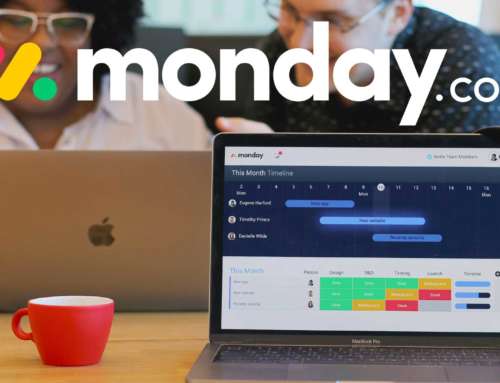
Phew, what a relief, someone actually buys from me. As more customers walk to the counter over the next few days, weeks and months, I thank my lucky stars that they walked into my shop. Have you thought racking up a sale was luck? How you fluked having what the customer wanted or getting the ad you just placed worded ok? That me-focused thinking treats customers like fish who just happen to swim by your line.
Selling results from having the right product in the right
place at the right price with the right promotion.
It’s far more than luck!
But hold on, that sounds complicated, so let’s make it simple
– the customer has problem, we have solution.
The greater the problem the greater the pain which means they want the solution faster, maybe better, and will pay more to get it – capitalist utopia!
Until we realise we are relieving customers pain – their motivation to spend – everything appears luck! With luck, you throw the dice, but realising there’s a science at work, maybe a touch of art too, now we can create our own luck and be masters of our own destiny. Marketers latched on to the pain concept a long time ago. In prehistoric times, the stronger, faster caveman marketed his hunting to the weaker, slower caveman who marketed his ability to cook the meat and stitch the hide into clothes – both had a problem and both had solutions. Unfortunately, when that meant not enough sales, marketers decided to create problems to sell whatever solutions they had.
Business is summed up really well by Zig Ziglar –
“you can have everything you want in life if you just
help enough people get what they want.”
It’s about easing everyone’s pain so you see how a booming economy is considered a panacea by economists – no pain! With that attitude, every sale becomes a celebration of you helping your customer. Enter a sales theory I initially rolled my eyes.
Chunking up and chunking down is a concept designed to properly solve the problem. To be sure we ease the customers pain we cannot rely on the customer knowing what pain relief they need. Take a person asking for a drill bit. Not owning a drill bit is not the problem. The problem is not having a hole. If we sell any drill bit we make money BUT could create more pain. Chunking up, going from the specific “I want a drill bit” to the general “what do you need the drill bit for” leads to us understanding their pain. From there we can find the right drill bit, the right solution. The wrong drill bit would’ve created a hole too large a customer buying polyfilla, short term win, two sales, long term loss because we never solved their pain. Do you sell drill bits or solutions?
Ok, I hear you say, “just give the customer what they want and take the money!” Why risk a sale? I used to think like that. Why? Because a good solution is a happy customer and happy customers come back! Because it’s easier to keep a customer than find a customer AND because it’s the right thing to do, ease their pain – properly. Good solutions can be in various forms to right product, or perfect products, cheap products, unique products or a reasonable product delivered in a timely manner with a friendly smile – you’ll find out by chunking up, understanding your customers pain. What are you offering right now?
Finding out how to better help customers can be asking questions prior to the sale or finding more information later. Consider spending a little time and money on R&D, be proactive. Feedback forms, questionaires, surveys let us get further into the mind of our customers and further ahead of the competition. Knowledge is money but it’s also to path to better understanding of pain points. Just starting out, no customers, little money? Try perspective-taking – “if I was suffering from a certain type of pain, what type of solution would I want?” Or, “if someone was buying my product, what pain might they have, and what else might they need?”
Once you know your customer better you can speak about their pain in your ads, websites, social media pages and they will know you know them better, you can connect more directly and deeper. It’s the difference between saying “Water for sale, $2 a glass” and “Thirsty? Fresh cold water here!” You’ve moved from price to pain and solution, you’ve also moved from what I have to what you need. What type of exchange might you have in those scenarios? One is transaction-based, the other transformation-based. What type of review might be generated from each type of sale?
Marketing started in the caves with a problem needing a solution and a few thousand years later nothing has really changed. If you think about how you can help others get what they want there’s a good chance you’ll get what you want.







Leave A Comment